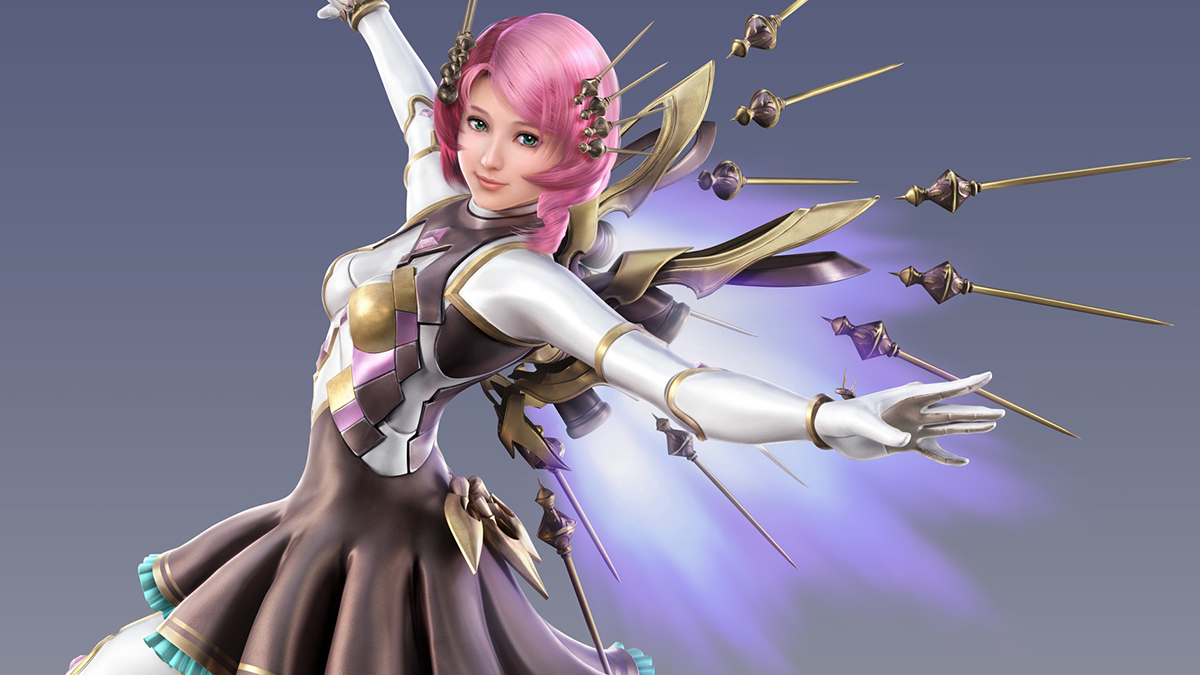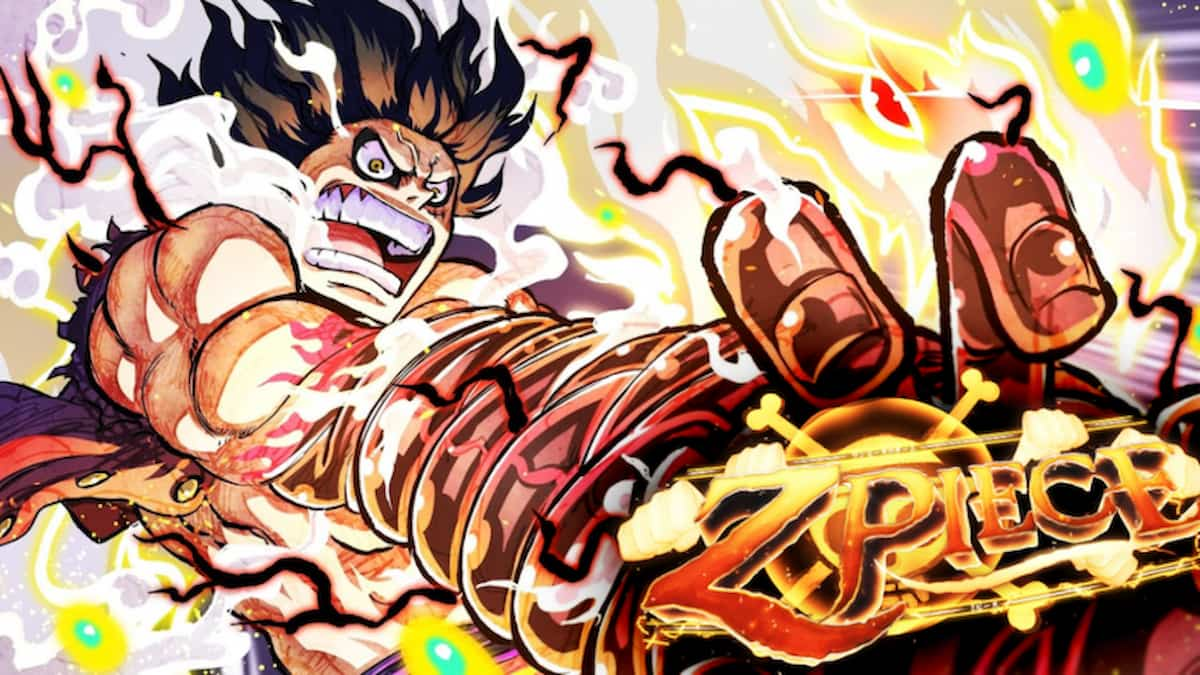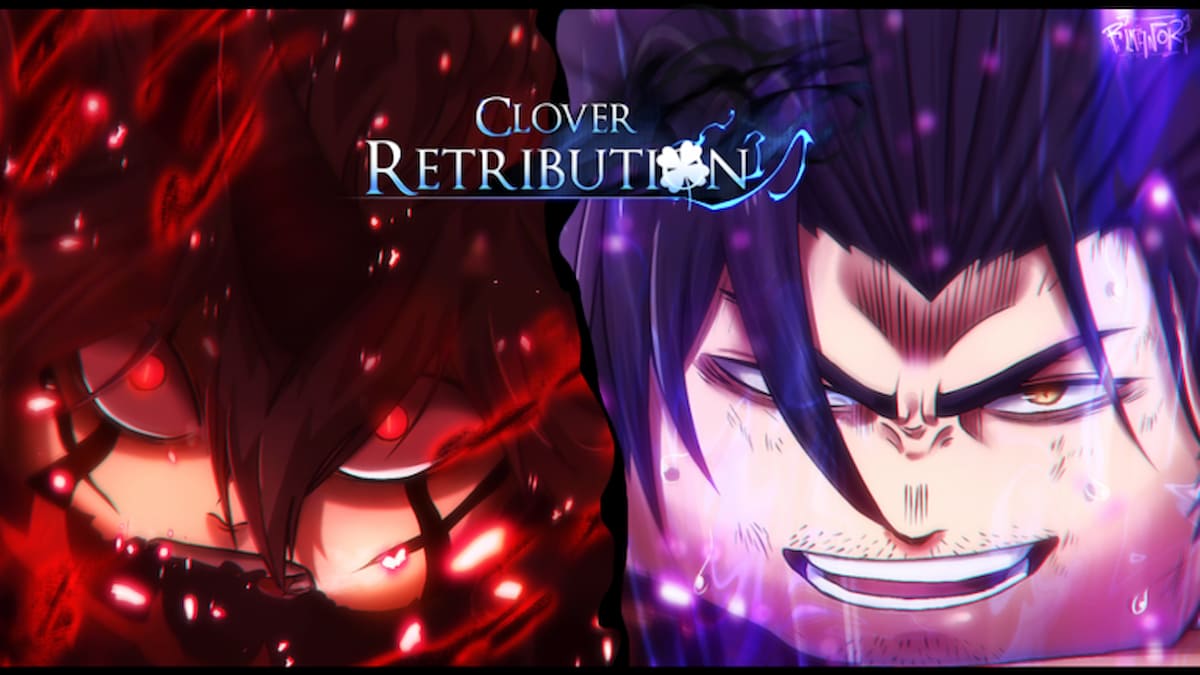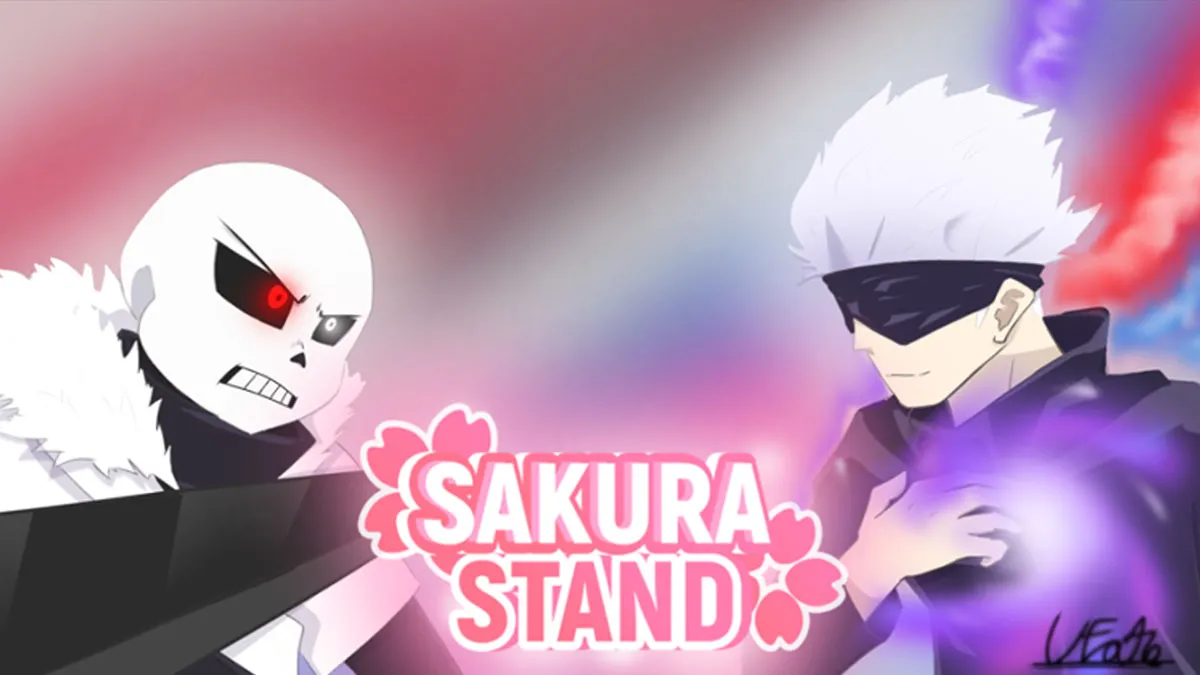Each new entry in the series has fans of the fighting game franchise itching to get back into the ring with favorites like Heihachi and Jin. Bandai Namco’s last entry in the series came out on home platforms 7 years ago, making it a prime time for the next King of Iron Fist Tournament to make its way onto players’ fightsticks and controllers.
With seven main entries and a host of spinoff titles to date, keeping track of every Tekken title and where to find them all may be a bit hard to remember. Here’s a quick crash course.

Players looking to follow the saga of the Mishima and Kazama family won’t have to worry too much about the order of the narrative. The timeline of the series starts with the original Tekken and continues through the seven main games in order of their release. Aside from the occasional flashback, each game follows the next chronologically.
Players looking to follow only the canon entries in the franchise can ignore spinoff titles like the Tekken Tag Tournament games for story reasons, though on a gameplay level, both Tag Tournament entries stand up as some of the best in the series.
Each game follows a different era in the never-ending conflict between the Mishimas, along with the King of Iron Fist fighting competition surrounding the drama. The first two games focus squarely on original protagonist Kazuya Mishima and his bitter rivalry with his father Heihachi Mishima, while later entries place Jin Kazama, Kazuya’s son, in the leading role. Over the course of the franchise, other members of the family tree like Asuka, Jinpachi, and Lars come into play, but most of the narrative follows the core three as they wrestle for control of the Mishima Zaibatsu and trade blows with each other.
Tekken (1995)

The first Tekken game was Namco’s bold attempt at breaking into the burgeoning 3D fighting game genre in arcades and represented an early hit for the PlayStation, establishing a long-running partnership between the series and Sony’s consoles. With 17 fighters and a bold story featuring Kazuya’s tale of revenge after being thrown from a cliff face by his father Heihachi, fans quickly grew accustomed to the Tekken series’ kinetic style.
Fans looking to play the original Tekken today can find it either on the PS One, as part of the Arcade History mode in Tekken 5 on the PS2, or on the PlayStation Store for the PS3 and PSP.
Tekken 2 (1996)

One year after the series’ debut, Tekken 2 brought a refined version of the King of Iron Fist Tournament to arcades and the PS One. Most of the original game’s characters returned to the fight for Tekken’s sophomore entry, but with refinements made to the graphics, gameplay and extra modes added for the home release on the PlayStation.
In addition to its original PS One release, Tekken 2 is one of the easier classic entries to find on modern platforms. PlayStation Plus subscribers on the Premium tier can access it as part of the on-demand catalog on PS4 and PS5.
Tekken 3 (1998)

Hailed as one of the series’ best entries, Tekken 3 introduced series mainstays like Jin Kazama, Eddy Gordo, and Hwoarang to the cast of fighters, along with a greater emphasis on the three-dimensional combat system that would become a key part of the gameplay going forward. With a plot focused on a new generation of fighters led by Jin and his grandfather Heihachi, much of the identity of the Tekken franchise dates back to the third game.
Despite high regard from fans and critics, Tekken 3 has yet to see any rereleases on modern platforms. The most recent version of the game exists as part of the Arcade History mode in Tekken 5’s PS2 release.
Tekken Tag Tournament (2000)

Before the fourth main entry, Namco brought the Tekken series into the PlayStation 2 era with Tekken Tag Tournament, a spinoff featuring almost every character included in the first three titles and gameplay based around 2v2 tag team battles. The large roster and beloved modes like Tekken Bowl made Tag Tournament a hit with the fans and a nice bridge entry in the four-year gap between Tekken 3 and 4.
Tekken Tag Tournament came out on the PlayStation 2 in 2000, and got an HD port for the PS3 in 2011 as part of the Tekken Hybrid bundle.
Tekken 4 (2002)

One of the most divisive Tekken games to date, Tekken 4 arrived in 2001 with a darker tone than the first three games, an overhauled combo system, destructible environments, and a slower style of fighting than Tekken 3 and Tag Tournament. Characters like Steve Fox, Christie Monteiro, and Craig Marduk made their first appearances in the King of Iron Fist Tournament with this entry. Critical reception at the time was positive, but fans found the changes to the gameplay and frequent glitches and performance issues on the PS2 to be disorienting, making Tekken 4 something of a black sheep. Look past its technical flaws, however, and you’ll find the fourth Tekken to be one of the series’ most ambitious and creative entries, even if it would take another few years for some of its best ideas to reach their fullest potential.
Tekken 4’s only official home release to date was the 2002 PlayStation 2 port.
Tekken 5 (2005)

Tekken 5 brought back the fast, fluid gameplay the series was known for while retaining Tekken 4’s technical innovations and visual fidelity. The game brought back characters left out of the last entry, introduced the Crush System into the mix to allow players to counter foes’ moves with well-timed dodges, and included the arcade versions of the first three games in the home release, making it a sought-after entry in the series for fans at the time of release and today.
Tekken 5 was released on PS2 in 2005, and received an updated port for PS3 and the PSP, titled Dark Resurrection, the next year.
Tekken 6 (2009)

Tekken 6 was the first entry to appear on a non-Sony platform, as Xbox fans finally got the chance to join the fight in 2009 alongside the series’ usual PlayStation roots. Tekken’s Rage mechanic made its first appearance here, boosting characters’ damage as they approach the end of their health bars, and unlike the last game to jump between console generations, Tekken 6 came out well into the life of the PS3 and 360, making for a smooth gameplay experience as one of the most refined entries in the series.
Tekken 6 is available on the PlayStation 3, PSP and PSVita, as well as the Xbox 360. The 360 version is playable on modern Xbox consoles through backward compatibility on the Xbox One and Series X/S.
Tekken Tag Tournament 2 (2012)

Tekken Tag Tournament 2 brought back the original Tag’s team-based gameplay, but this time players could choose to bring single characters to the fight as well for 1 v 1, 1 v 2, or 2 v 2 battles. With a sizable roster containing 59 characters, a (mostly) non-canon story mode, and the series’ first appearance on Nintendo hardware with the Wii U version, Tag 2 is another love letter from Bandai Namco to the Tekken fandom.
Tekken Tag Tournament 2 is available on PS3, Xbox 360, and Wii U. The Xbox version is playable on the Xbox One and Series X/S.
Tekken 7 (2015)

The most recent entry in the series, Tekken 7 brought the series into the PS4 and Xbox One generation running on the Unreal Engine for the first time, but retaining almost every feature fans had come to expect from the series: an unpredictable plot featuring the drama between the Kazama/Mishima family, a mix of old and new characters to fight with and against, and new gameplay complications like breakable floors in certain stages, and powerful desperation attacks called Rage Arts, available only while a character is reaching the lows of their health.
Tekken 7 also includes a staggering number of DLC fighters and crossovers added in the years since its release. If you ever wanted to see Negan from The Walking Dead swing Lucille the baseball bat against a raging Akuma from Street Fighter, or Fatal Fury’s Geese Howard trading blows with Noctis from Final Fantasy 15, Tekken 7 makes those matchups a reality.







Published: Sep 18, 2022 12:44 am